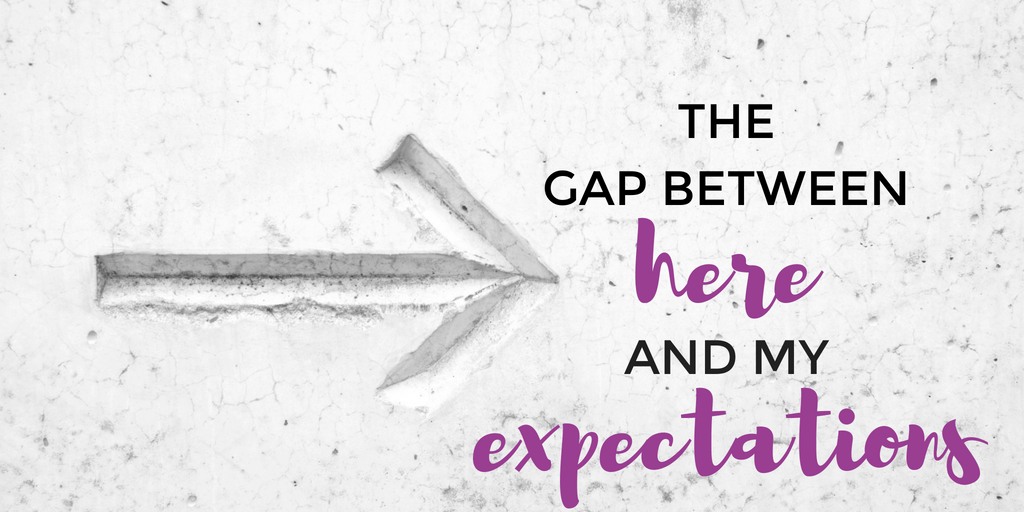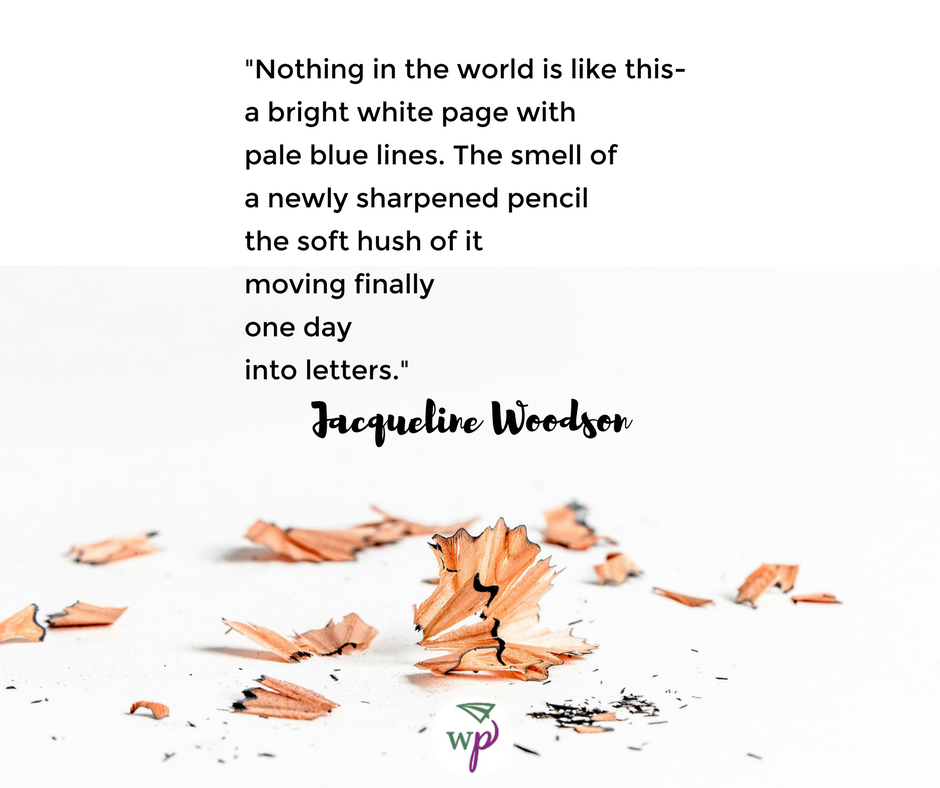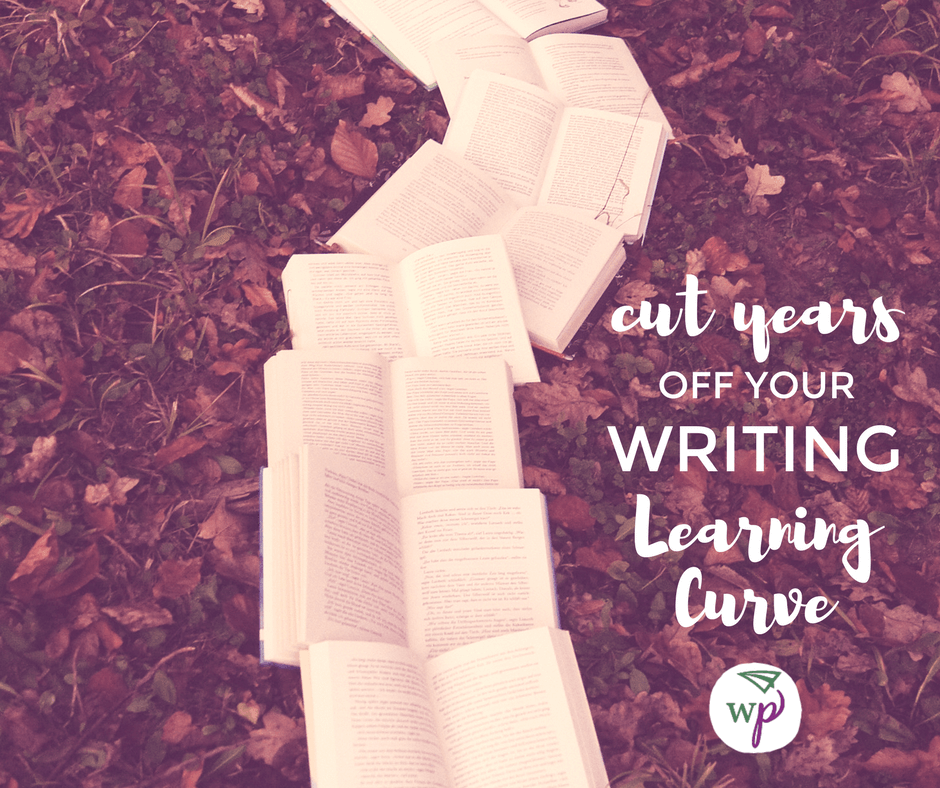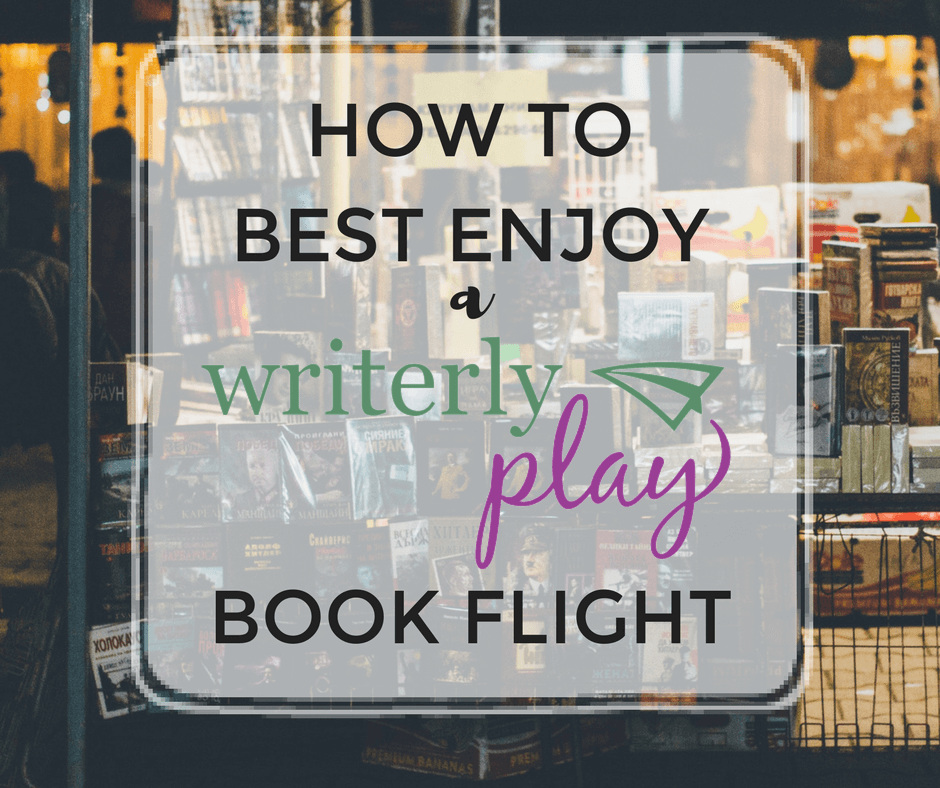
The Gap Between Here and My Expectations
What goes through your mind at the end of the day?
If you’re a creative, I’m guessing you run through a mental account of what you made today. At least, I do. I’m a little embarrassed to admit it, but my counting usually goes something like this.
1. I did write that scene.
2. But I should rewrite the ending. So maybe the scene doesn’t count.
3. On the up side, I had that meeting, and we figured out how to launch our summer marketing project. I’m really excited about our approach.
4. … And that meeting added about a hundred tiny items to the to-do list.
5. Plus, I did finish two of the “big three” on my what’s most important list for the day.
So… gold star? Honestly? No. It’s too hard to see past my to-do list that multiplies by the day.
Here’s the thing. I’m not willing to live a life filled with demerit days. And when I started to realize I’d worn a negative mental rut, I knew I had to do something. And quick.
First, I started listening closely.
And I started hearing interesting tidbits in conversations, on podcasts, even on the Nike Run app. It turns out that if you tell yourself a convincing story, you’ll believe it. Or, in other words, the expectations you set, and the way you measure yourself against those expectations matters. A lot.
So, second, I set out to change my expectations.
Turns out, changing expectations is more than a one-time deal. Remember the “big three” list? The whole point of that tool is to focus on what matters and not sweat the small stuff. Right, but in the real world you don’t get to ignore your email forever. You can’t be considered a responsible person if you never pay your bills, fill out that form, or prepare for that meeting. You miss out on opportunities if you don’t research them, track important dates and complete applications. The truth is … unless you live in a wonderland filled with at least one–but probably three–full-time assistants, you are going to have to deal with small stuff. On the regular.
Which led to my third step: crafting a rhythm.
I’m inventing strategies to keep me accountable on the regular, small (but important) tasks, leaving room for the momentum-driving deep work. I’ve been working on my system, partially a calendaring process, partially some scheduled time blocks, and within those time blocks, specialized checklists to make sure I complete important weekly tasks.
Fourth, I needed to circle back to my expectations.
They still weren’t realistic. Unfortunately, even with my flexible system, with my checklists and calendar, I kept ending the day feeling low. On reflection, I realized that I had two lists. I had the one on my schedule, and I had the invisible list in my head.
Maybe you have two clashing lists, too. You have a solid plan, and you work your way through it. You probably don’t make it all the way through the list, but that’s okay. You’re a smart cookie, and you’ve built in wiggle room.
The issue is with that other list, the invisible one in your head.
All those fresh, exciting ideas haven’t been weighed down by being fleshed out. They’re shiny and intriguing. Surely, if you work quickly through today’s list, you can try out one or two of them. Maybe three. Once you start in on the unplanned tasks, it turns out they’re projects, maybe even full-fledged initiatives. Only now, you’ve started. You feel obligated to carry on with them. So you squeeze them into the schedule.
And that’s just Monday.
No wonder I’m exhausted by Thursday.
At this point, when we look truth in the face, many of us give up. But, I don’t want to do that. I don’t think you do, either.
If we can’t strategize ourselves into trustworthy expectations, and we can’t trick ourselves into them, what options remain?
Here’s where I started laughing.
And where I started writing this post to poke a little fun at myself. Maybe the only thing to do with those expectations, the ones that crinkle their noses at me and tell me that days ought to end with gold stars or demerits, maybe that idea is actually a boggart. Maybe the only sensible thing to do when I stare into it’s disapproving, judgmental face is to burst out laughing.
We need our dreams and ideas and goals. They sparkle in the distance and entice us onward. However, the space between right here and where we expect ourselves to be is equal to the amount of stress in our lives. Let’s stand up to the boggart-expectations with full-body laughter. I’m going to try it. Will you?
Hey, if you do, tell me how it goes. I’d love to hear about it on Facebook, Twitter or Instagram. Tag me so I can laugh along with you and cheer you on. Your creative stories–and progress–inspires me.




